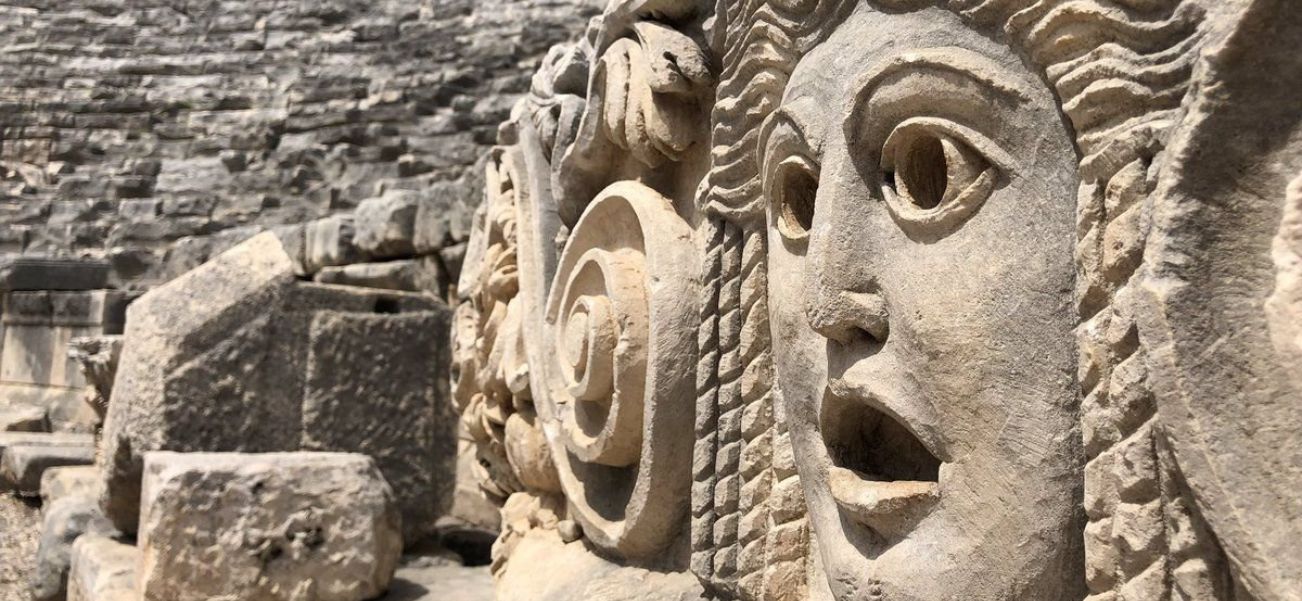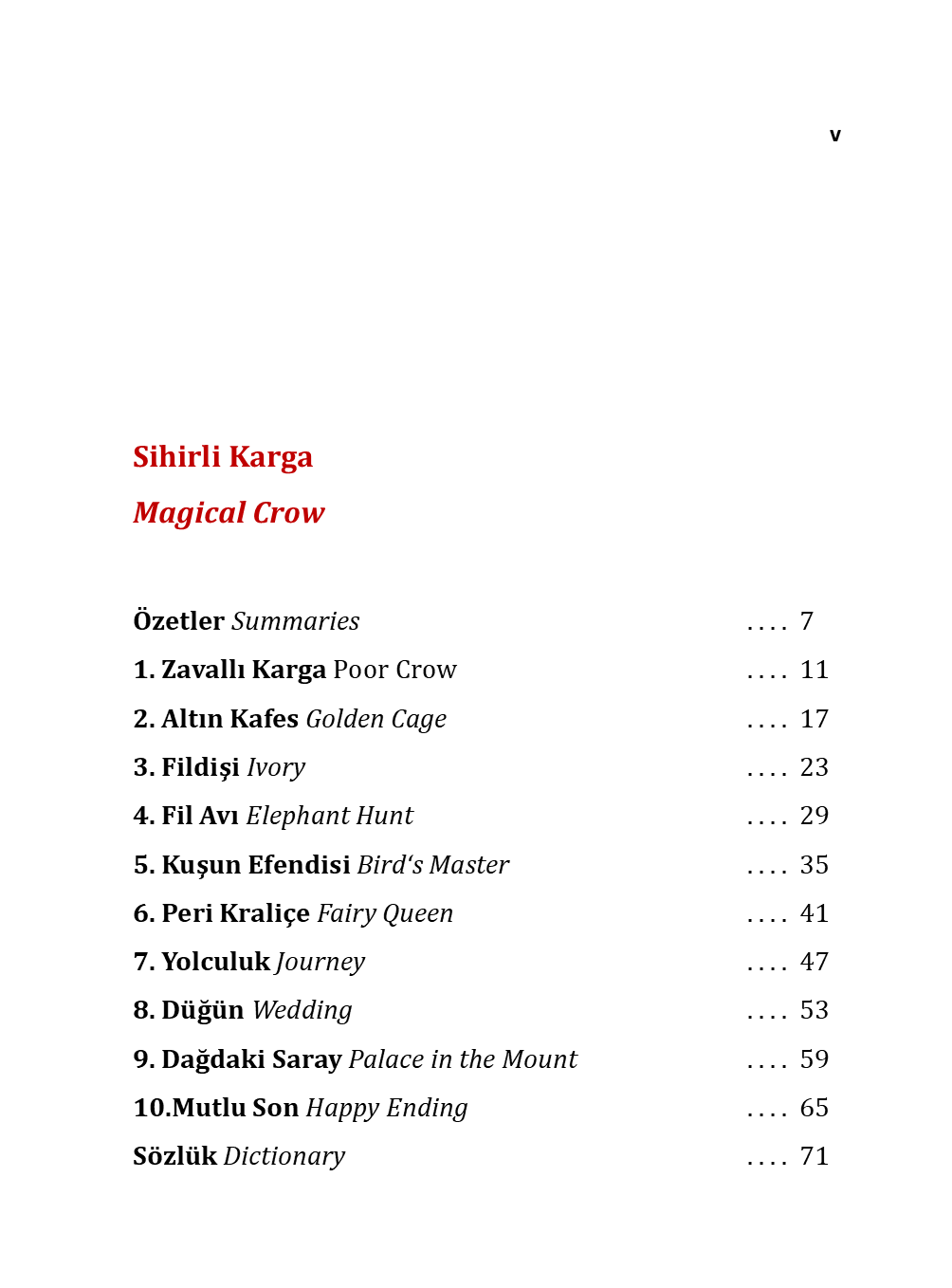
History of Antalya: From Ancient World to Modern Paradise (Podcast Interview)
Nestled along the stunning Turquoise Coast of Turkey, Antalya is a mesmerizing blend of ancient history, breathtaking landscapes, and modern luxury. Known today as a premier Mediterranean resort destination, the city’s past is just as captivating as its pristine beaches and vibrant nightlife. From its founding by ancient civilizations to its transformation into a modern paradise, Antalya’s history is a rich tapestry of empires, cultures, and traditions.
ANTALYA'S HISTORY: FROM THE ROMAN TIMES TO MODERN TURKEY
Listen to this podcast interview about "History of Antalya":
The Pic History Of Turkey Through The Ages

1. Ancient Beginnings: The Foundation of Antalya
Prehistoric Settlements
Long before Antalya became a bustling city, the region was home to early human settlements. Archaeological findings in the nearby Karain Cave reveal evidence of human habitation dating back over 25,000 years, making it one of the oldest known inhabited areas in Anatolia.
The Legendary Founding of Attaleia
Antalya’s recorded history begins in the Hellenistic period. According to ancient sources, the city was founded around 150 BCE by King Attalus II of Pergamon, who named it Attaleia after himself. Strategically positioned on the Mediterranean coast, the city served as a crucial naval base for the Pergamon Kingdom.
When the last Pergamon king, Attalus III, died without an heir in 133 BCE, the region was bequeathed to Rome, marking the beginning of Antalya’s Roman era.
Exploring the Historic St. Nicholas Church in Demre, Antalya

2. Roman & Byzantine Antalya: A Thriving Mediterranean Port
Under Roman rule, Antalya flourished as a major trading hub. The city’s natural harbor made it a vital stop for merchants and sailors traveling between the Eastern Mediterranean and Anatolia.
Roman Architectural Legacy
Many of Antalya’s most iconic landmarks date back to this period:
- Hadrian’s Gate Built in 130 CE to honor Emperor Hadrian’s visit, this triumphal arch remains one of the best-preserved Roman structures in the city.
- The Ancient Theater of Termessos Located just outside Antalya, this well-preserved amphitheater highlights the region’s Roman influence.
- Harbor & City Walls The old Roman harbor (now Kaleiçi Marina) and remnants of defensive walls reflect Antalya’s importance as a fortified city.
UNESCO World Heritage Sites in Turkey
Byzantine Era & Christianity
After the division of the Roman Empire, Antalya became part of the Byzantine Empire. Christianity spread throughout the region, and the city became an important religious center. Several early Christian basilicas were constructed, though few survive today.
The Byzantines faced threats from Arab raids in the 7th and 8th centuries, leading to the reinforcement of Antalya’s defenses. Despite these challenges, the city remained a key Byzantine stronghold until the arrival of the Seljuk Turks.

3. The Seljuk & Ottoman Periods: A New Cultural Identity
Seljuk Conquest (1207 CE)
In the early 13th century, the Seljuk Turks, led by Sultan Kaykhusraw I, captured Antalya, incorporating it into the Sultanate of Rum. The Seljuks introduced Islamic architecture and culture, transforming the city’s skyline with mosques, madrasas (Islamic schools), and caravanserais.
Key Seljuk landmarks include:
- Yivli Minare Mosque Built in 1230, its fluted minaret is now Antalya’s symbol.
- Karatay Medrese A historic theological school showcasing Seljuk craftsmanship.
Ottoman Rule (15th–20th Century)
By 1391, Antalya came under Ottoman control, though it briefly fell to the "Teke Beylik" before being fully absorbed into the empire in the early 15th century. Under Ottoman rule, Antalya remained a vital port, though it never regained its former Roman-era prominence.
The Ottomans left their mark with:
- Tekeli Mehmet Pasha Mosque A 16th-century Ottoman mosque in Kaleiçi.
- Traditional Ottoman houses Many still stand in the historic Kaleiçi district.

4. From War to Republic: Antalya in the 20th Century
World War I & Turkish War of Independence
Following the collapse of the Ottoman Empire after World War I, Antalya was briefly occupied by Italian forces (1919–1921) before being liberated by Turkish troops during the War of Independence led by Mustafa Kemal Atatürk.
The Birth of Modern Antalya
After the establishment of the Republic of Turkey in 1923, Antalya underwent gradual modernization. However, it remained a quiet agricultural and fishing town until the late 20th century when tourism began to transform its economy.

5. Antalya Today: Turkey’s Tourism Capital
Since the 1980s, Antalya has evolved into one of the world’s top tourist destinations, attracting millions of visitors annually with its:
Stunning Beaches & Resorts
- Konyaaltı & Lara Beaches Famous for golden sands and luxury resorts.
- Olympos & Çıralı Secluded beaches near ancient ruins.
Ancient Ruins & UNESCO Sites
- Perge A well-preserved Roman city with a grand stadium.
- Aspendos Home to a magnificent Roman theater still used for performances.
- Phaselis A coastal ancient city with three harbors.
Vibrant Culture & Nightlife
- Kaleiçi (Old Town) A maze of narrow streets, boutique hotels, and historic sites.
- Antalya Museum One of Turkey’s best archaeological museums.
- Modern marinas, shopping malls, and festivals Including the annual Antalya Film Festival.

Conclusion: A Timeless Mediterranean Jewel
From its ancient roots as Attaleia to its modern status as a tourism hotspot, Antalya’s history is a testament to its enduring allure. Whether you’re exploring Roman ruins, relaxing on sun-kissed beaches, or wandering through Ottoman-era alleyways, Antalya offers a perfect blend of past and present.
For history buffs, sun-seekers, and culture lovers alike, Antalya is not just a destination—it’s a journey through time.
Plan your visit and experience the magic of Antalya, where history meets paradise!













